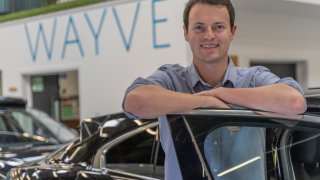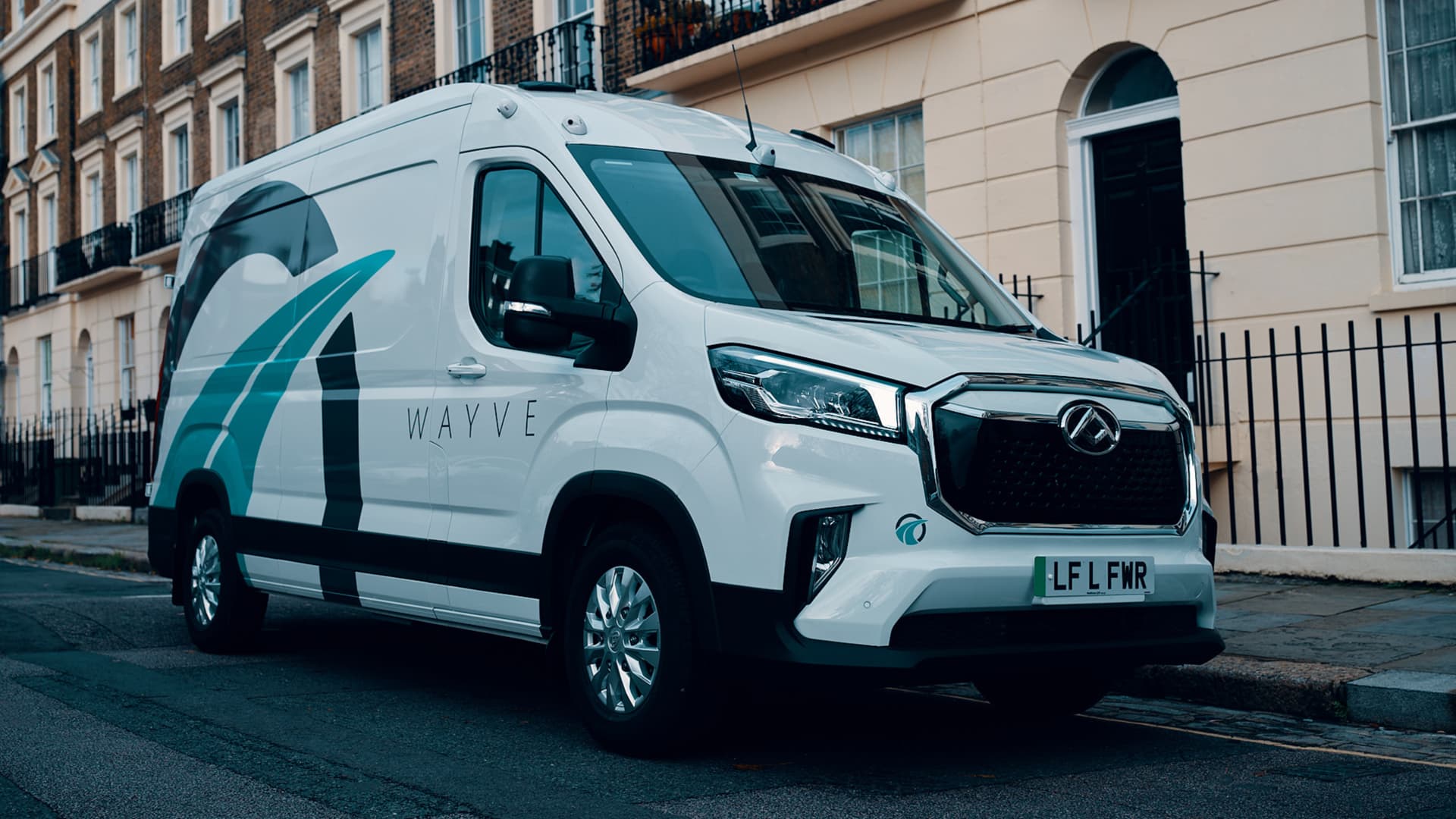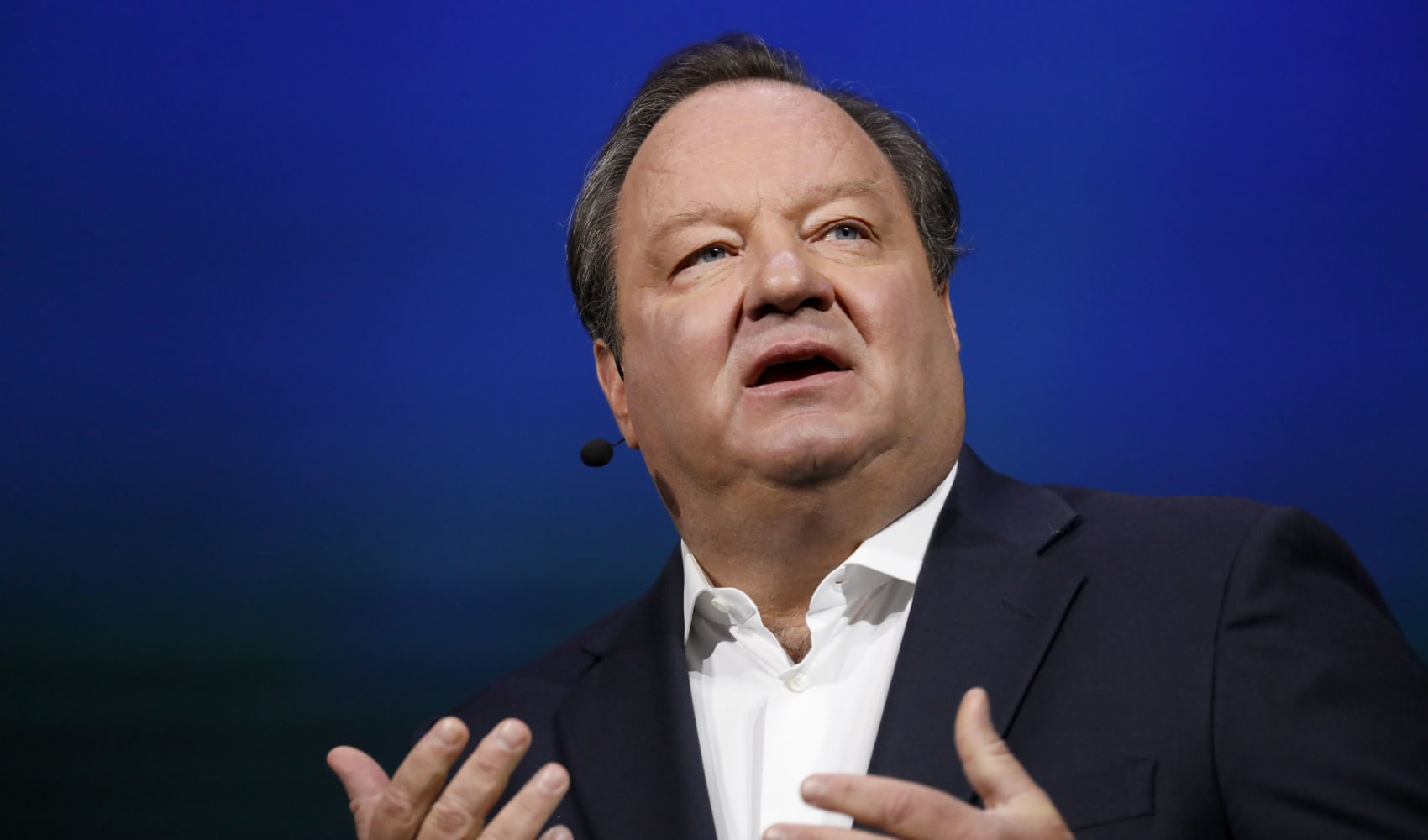
Since launching Wayve in 2017, CEO Alex Kendall has often felt like the self-driving car industry's mostly ignored little brother.
For years, Kendall and co-founder Amar Shah pitched their London-based autonomous driving software company as a "contrarian" alternative to companies like Alphabet and Tesla. Wayve focused entirely on artificial intelligence, while most of the industry used devices like cameras, radar and laser-powered lidar sensors.
Then, AI hype exploded, bringing Wayve along with it. The company impressed Bill Gates during a London "test ride," partnered with Microsoft on AI development, and landed more than $200 million in new funding from investors including Microsoft and Virgin. Its valuation is likely above $1 billion, CNBC reported last year. (Wayve declined to confirm the figure.)
Now, Kendall feels less like an outsider, and Wayve's future looks a bit more mainstream, he says.
Get Southern California news, weather forecasts and entertainment stories to your inbox. Sign up for NBC LA newsletters.
"For the last five years, we've been pursuing this approach and it's been met with skepticism, and it has been a contrarian way of thinking about the problem [of autonomous driving]," Kendall, 29, tells CNBC Make It. "It's almost like everything has changed this year. End-to-end deep learning and AI is not some crazy, far-out technology."
Of course, that means investors, competitors and a curious public are now watching Wayve more closely. And each obstacle — including some big ones, when it comes to putting self-driving cars on public roads — gets magnified.
'A completely new way of thinking'
Money Report
Kendall was raised on New Zealand's mountainous South Island. As a student, he built one of his country's first homemade drones, scraped together from "a bunch of things you could get from the local electronics shop," he says.
In 2017, Kendall got a Ph.D. in deep learning and computer vision at the University of Cambridge. While there, he helped develop a deep learning algorithm for a computer vision concept called "semantic segmentation."
It was, essentially, groundwork for Wayve: Semantic segmentation helps machines identify and label each tiny pixel in an image in real time. When applied to self-driving technology, it can help a car process its environment, from following the path of a road to identifying other vehicles nearby.

The approach, called AV2.0, differs from most of the self-driving car industry — which uses some combination of AI systems, cameras, radar and lidar sensors to create 3D maps of driving environments, and then plan out autonomous routes.
Wayve's goal is to build an AI system advanced enough to not need a 3D map at all. If successful, it could make human-like decisions in real time without a pre-planned route, and lower the cost of the cars by reducing the amount of high-end equipment required. Tesla's current full self-driving package, for example, costs an additional $15,000.
"The implications [are] enormous: It lets you build vehicles that are affordable, that don't have hundreds of thousands of dollars of sensing and [computing power] on them," Kendall says.
The world's first successful test of its kind
Shah also has a Ph.D. from Cambridge, in machine learning. When he and Kendall launched Wayve, "many of the big technology giants had just put billions of dollars of funding into building autonomous vehicles," Kendall says.
The pair rode the coattails of that wave to land roughly $3 million in venture capital money, renting a residential home near the university to serve as their headquarters.
"The small bedroom was our server room, the large bedroom was our boardroom," Kendall says. "And we all, sort of, worked and lived and ate together, and [we] prototyped the first vehicle in the garage."
At first, Shah was CEO and Kendall was CTO. They built a prototype in the garage in less than six months, outfitting an electric Jaguar I-PACE SUV with autonomous tech for a test drive "around the block" Kendall says.
It was the world's first successful test of an AI-powered car driving an unmapped route using end-to-end deep learning tech, he adds: "We threw one of the biggest parties I've ever had in my life in the house that day."
In 2019, Wayve landed $20 million in funding from a group led by the venture firm Eclipse. The company moved into an office in London, and started hiring more aggressively. Shah departed in 2020, and Kendall took over as CEO.
Earlier this year, the company kicked off an autonomous delivery program — including human safety drivers onboard — with Asda one of the U.K.'s largest grocery companies. The yearlong trial will reach more than 170,000 residents in different parts of the city, Kendall says.
"Every day, we do different routes we've never done before," he says. "And that kind of thing is only possible with AV2.0 technology."
Technological challenges and well-funded rivals
It all sounds rosy, but significant challenges lie ahead.
The next step, Kendall says: Continue improving the AI software until the vehicles don't need safety drivers, which is easier said than done. The company may also license its technology to auto manufacturers, ride-hailing companies, public transit agencies and more. Kendall declined to put a timeline on either goal.
Then, there's the competition. Multibillion-dollar players like Tesla, Alphabet and General Motors have a huge head start: GM's Cruise and Alphabet's Waymo already operate driverless robotaxi services in San Francisco, with mixed results.
Wayve also has multiple well-funded AV2.0 rivals, like Silicon Valley's Ghost Autotomy and Toronto-based Waabi.
When Wayve first launched, Kendall was "blissfully naïve and optimistic" regarding the challenges the company faced, he says. Now, he considers them a motivating factor.
"The harder the problem, the more exciting it became for me," says Kendall. "And the fact that we were taking on the biggest and most inspiring companies in the world ... makes it extraordinary."
DON'T MISS: Want to be smarter and more successful with your money, work & life? Sign up for our new newsletter!
Get CNBC's free Warren Buffett Guide to Investing, which distills the billionaire's No. 1 best piece of advice for regular investors, do's and don'ts, and three key investing principles into a clear and simple guidebook.






